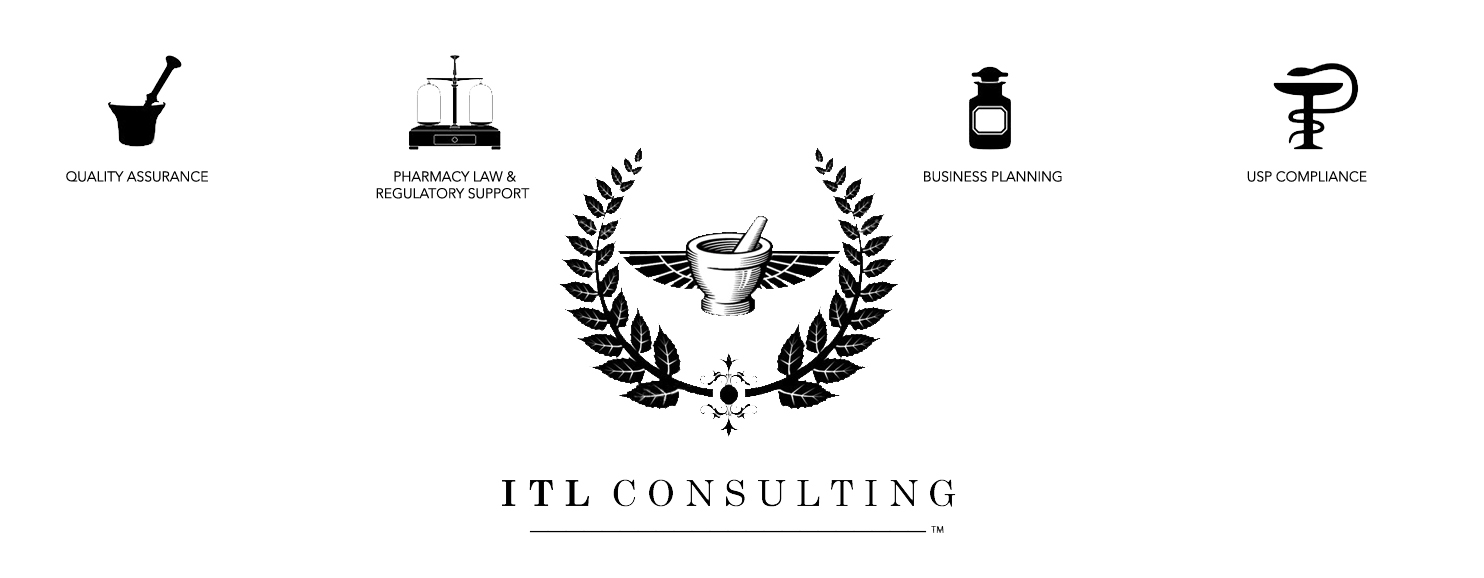The newly revised <800> addresses the numerous comments from the industry that were recently submitted. Some of these changes include word clarification, removal of the 'no acceptable level of hazardous drugs' statement, and the allowance for an entity to perform its own risk assessment in determining which hazardous drugs (HDs) must follow the chapter guidance.
This post will provide a practical summary of Section 5. FACILITIES, as this section may potentially have the biggest impact on the industry should regulatory agencies choose to actively enforce these new requirements.
THERE WILL BE A SECOND ROUND OF PUBLIC COMMENTS FOR CONSIDERATION BY THE USP EXPERT COMMITTEE. PLEASE TAKE THE TIME TO REVIEW THE CHAPTER AND SUBMIT COMMENTS AS THEY PERTAIN TO YOUR PRACTICE!
CLICK HERE FOR THE DRAFT OF <800>
5. Facilities
The use of HDs must be considered in way that promotes safety for all employees, patients, and the surrounding environment. Along with restricted access limited to those who must access HDs, there must be a sign at the entrance indicating designated areas, which must be available for the following operations:
- receipt and unpacking of antineoplastic HDs or HD active pharmaceutical ingredients
- storage of HDs
- non-sterile HD compounding (if performed)
- sterile HD compounding (if performed)
RECEIPT
HDs may not be unpacked or removed from external shipping containers in sterile compounding areas or any positive pressure area.
STORAGE
HDs must be stored in a manner that prevents spillage in the event the container falls and breaks. These may not be stored on the floor.
Antineoplastic drugs that require manipulation (other than counting a final dosage form) must be stored separately from non-hazardous inventory and must be stored in a negative-pressure room.
Only HDs used for sterile compounding may be stored in a negative-pressure buffer area.
Refrigerated antineoplastic drugs require storage in their own dedicated refrigerator which must be located in a negative-pressure area, which may be a storage area, buffer-area, or other segregated area. If located in the buffer-area, the placement of an exhaust next to the compressor should be considered.
COMPOUNDING
All compounding with HDs must be performed in a separate, negative pressure room with at least 12 air changes per hour and meet the following specifications:
- externally vented through HEPA filtration
- physically separated from other rooms
- have a negative pressure between 0.01 and 0.03 inches of water column
If a containment workstation where direct manipulation of sterile compounding takes place, the unit must operate continuously.
Sinks and eyewash stations for treating exposure to hazardous drugs must be available, with consideration for affecting ISO classification and applicable state laws.
If both sterile and non-sterile compounding takes place, the containment devices for direct compounding must be located in separate rooms, unless the device for non-sterile is able to maintain the ISO 7 classification throughout non-sterile compounding operations. In this case, each compounding device must be placed at least 1 meter apart and no particle-generating activity can be performed during sterile compounding activities.
NON-STERILE COMPOUNDING
A compounding containment device for the manipulation of non-sterile HDs is required for any compounding activity that generates particles, aerosols, or gasses.
This device may be externally vented, which is the preferred mode, or use redundant HEPA filtration in series. Examples of these devices, which must provide personnel and environmental protection, may be a Class I or II biological safety cabinet (BSC), aseptic containment isolator or containment ventilated enclosure.
For occasional non-sterile HD compounding, a containment device used for sterile compounding may be used, providing it is decontaminated and throughly cleaned and/or disinfected prior to using for sterile compounding.
Any device used for non-sterile HD compounding is not required to have unidirectional airflow, as there is no ISO classification requirement for air quality with non-sterile compounding.
Work surface requirements from <797> apply to the compounding of non-sterile HDs due to the difficulty of cleaning contamination.
STERILE COMPOUNDING
<800> requires compliance with <797> standards for all sterile compounding activities.
All containment devices for compounding of sterile HDs must be externally vented and contain ISO 5 air or better. Examples of these devices include, Class II or II biological safety cabinet, or aseptic containment isolator. For Class II BSCs, type A2, B1, or B2 are acceptable.
Low and medium-risk (only) sterile compounding may be performed in a separate, negative pressure room with at least 12 air changes for hour, within a biological safety cabinet or aseptic containment isolator, provided the beyond use date does not exceed those denoted in <797>. This description is not an ISO 7 classified buffer area and also must contain a sink for hand washing not within 1 meter of the compounding device.
ISO 7 Buffer Area for HD Sterile Compounding
- Negative pressure between 0.01 and 0.03 inches of water column
- Minimum of 30 air changes per hour of HEPA filtered air
- Hand washing sink 1 meter or more from the entrance into the room
The ante-area through which the buffer room is entered must contain:
- Minimum of 30 air changes per hour of HEPA filtered air
- Positive pressure of a minimum of 0.02 inches of water column
- Maintain ISO 7 classification air quality or better
These are some of the main practical considerations to observe when examining how your practice can comply with these new requirements. There are different configurations your practice may take when complying with <800>, and ITL Consulting can help your facility to meet compliance with this chapter with minimal disruption and maximum efficiency.
Click here to download this post as a PDF
Contact a pharmacist consultant today to learn more about facility design and compliance with USP <800>.
